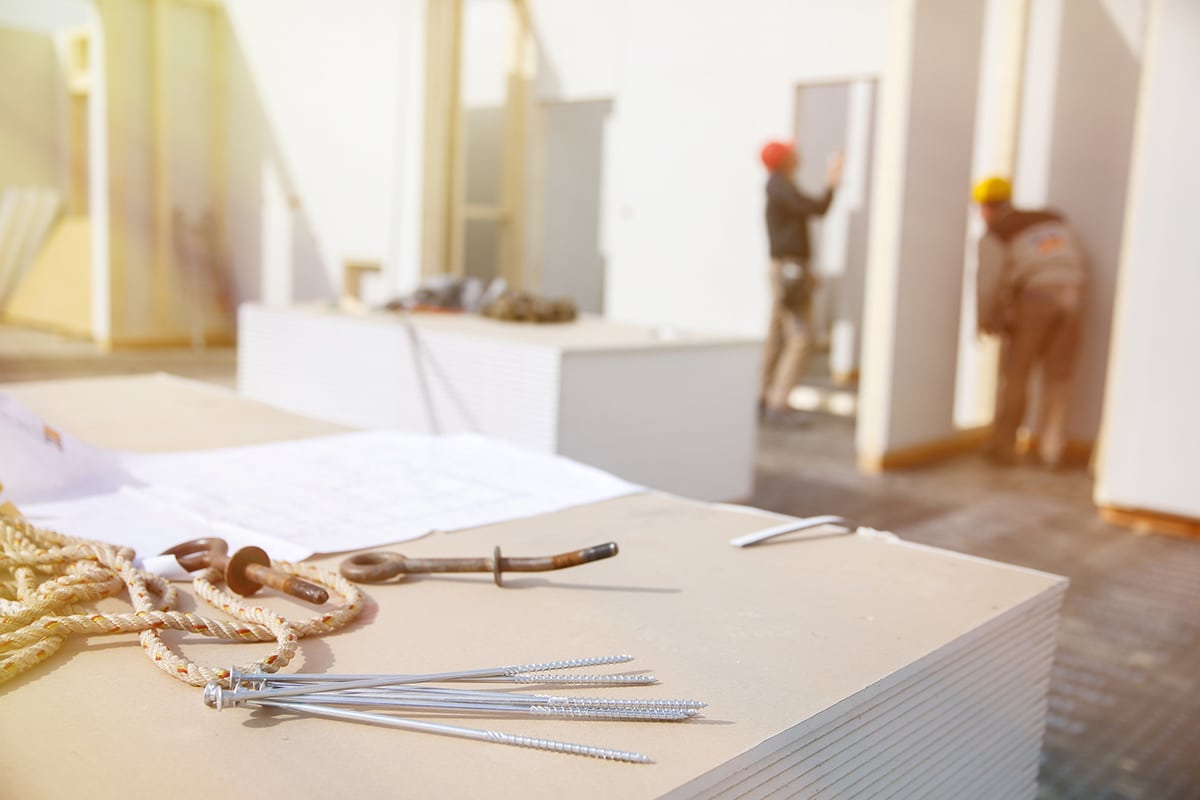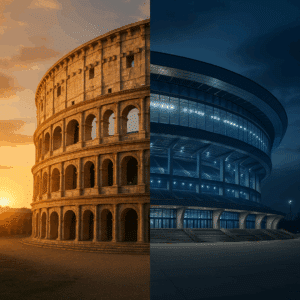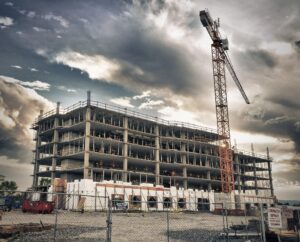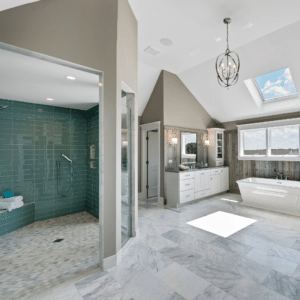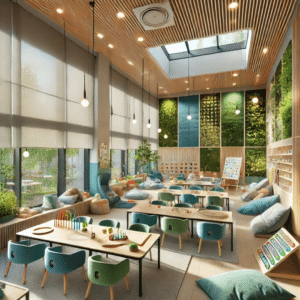Many building owners don’t think about the return on investment of architectural design aesthetics. But a commercial building’s style is about more than just looking good. Building aesthetics can give your company a competitive edge by boosting productivity, employee retention, brand expressions, and customer experience. With your input, a skilled architect can blend form and function into a thoughtful design explicitly tailored to meet your organization’s needs.
What is ROI in Architectural Design?
When it comes to architectural design, return on investment (ROI) can only be measured indirectly. This is because the assets are monetary, while the returns are intangibles such as occupant satisfaction. To estimate ROI in design, you can look to metrics like sales growth, client feedback, repeat customers, brand awareness, and online reviews.
Return on Investment of Architectural Design Aesthetics
Aesthetics are multidimensional and difficult to quantify. Still, they can have a noticeable impact on property value and financial returns. In a survey conducted by the Rockwool Group, 73% of respondents think beautiful architecture means better communities. And tenants are willing to pay for beauty. For example, a study of class A office buildings in Massachusetts predicted that well-designed structures could draw higher rents. Moreover, quality architecture increases surrounding property values, builds a sense of community, and encourages future development.
On Face Value
The design aesthetics of the exterior of a structure provide value for the building’s owner and occupants. For example, a paper published in the Journal of Façade Design and Engineering suggests that a well-designed facade supports an organization’s identity and adds a competitive edge through distinctiveness and brand awareness. Likewise, the building’s appearance matters to tenants. A building with a poor-quality facade is likely to have more vacancies than one with an aesthetically pleasing exterior.
Impact on Employee Well-being
Architectural design plays a significant role in employee satisfaction and mood. According to Rockwool, 85% of people say architecture affects the way they feel. For example, workplaces with more windows and natural light promote employee wellbeing. One study notes that office workers who have more light exposure tend to sleep better, be more active, and have better physical and mental health. By promoting employee wellbeing, the built environment impacts productivity, retention, and absenteeism.
Retail Buildings in an Online World
Nowadays, shoppers can go online to buy the things they need. So, retail stores need to be about the shopping experience as well as the product. When people go shopping, they spend time touching and feeling the products and talking to knowledgeable employees. In addition, the built environment affects how people feel while they are shopping. Improved customer mood can increase spending, return visits, and positive reviews. Thus, architectural aesthetics are critical in creating a unique customer experience and fostering long-term brand loyalty.
Planning Your Architectural Aesthetics
If your company is wondering how we can stand out in a crowd, enhance our brand recognition and improve employee and client satisfaction. Guzzo Architects can help create a unique aesthetic and built environment based on your needs all while enhancing your Return on Investment. Call to schedule a consultation today—call 201-939-1446.

